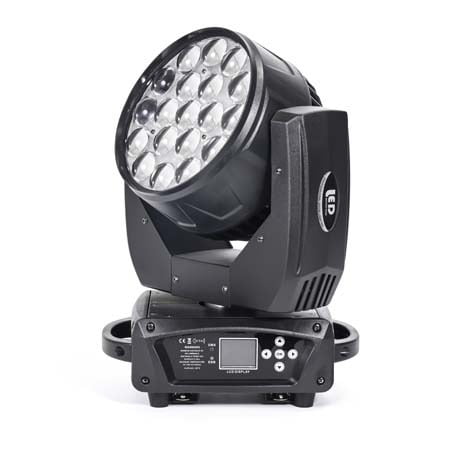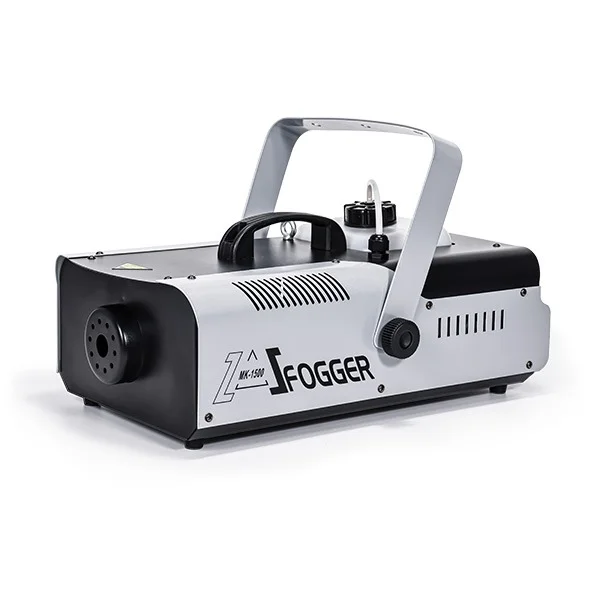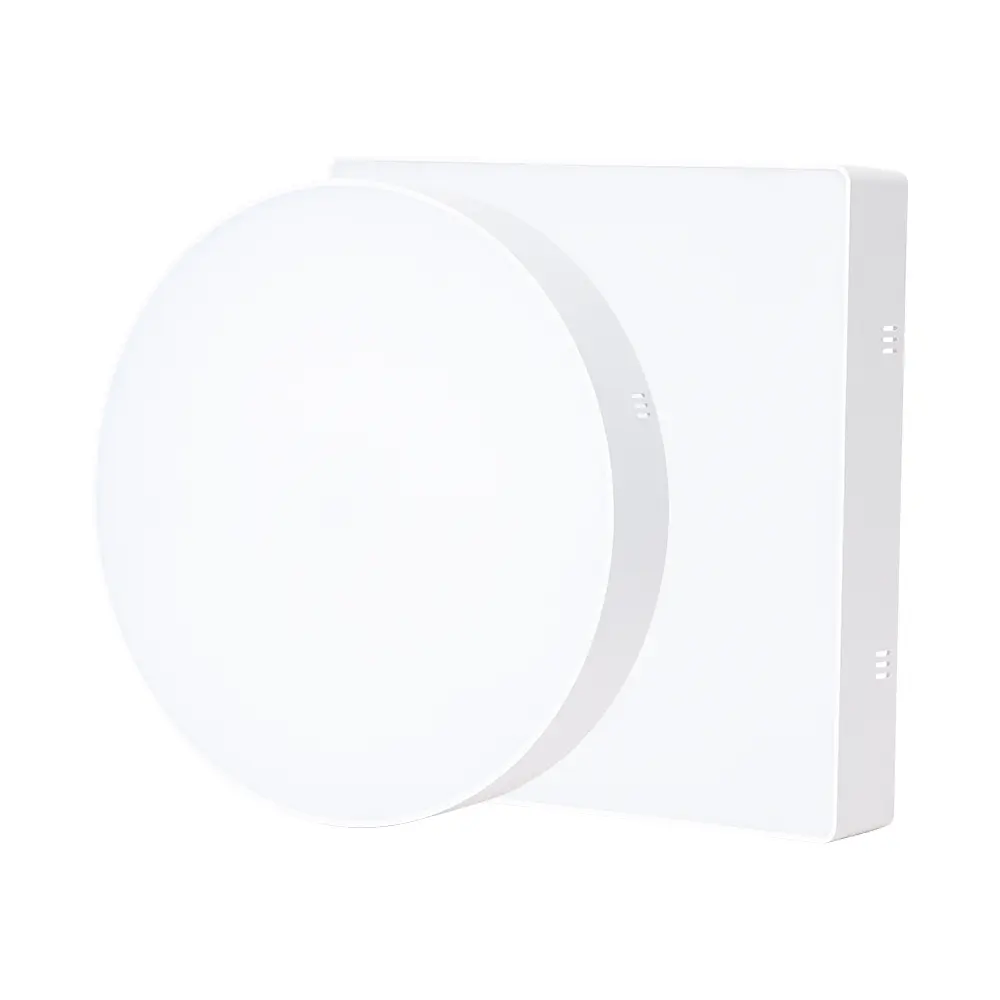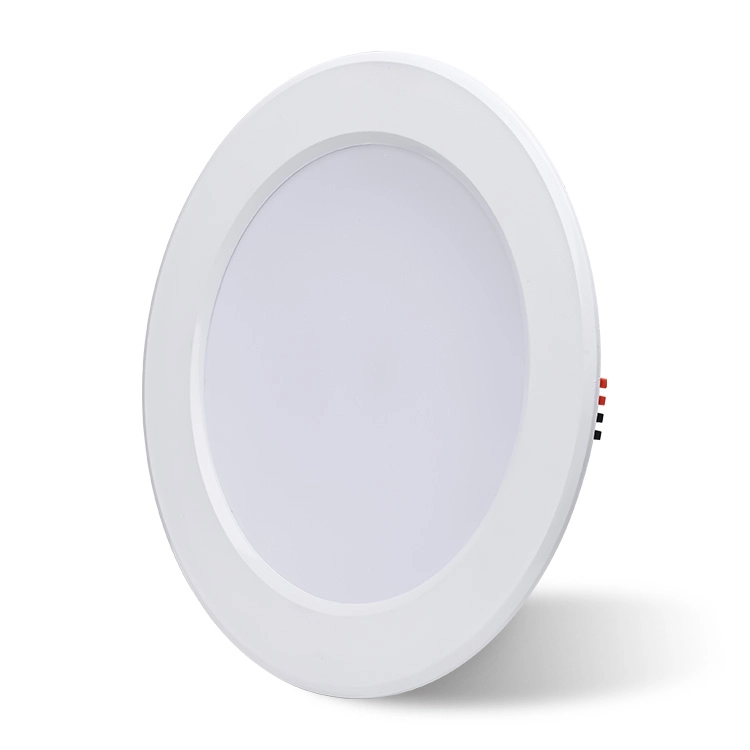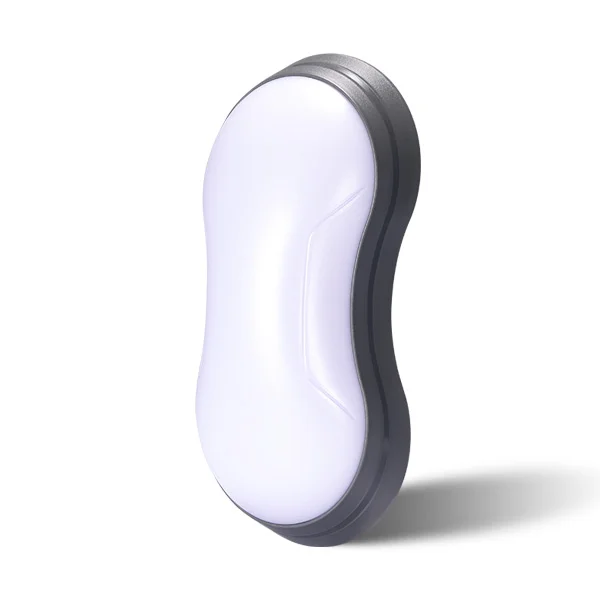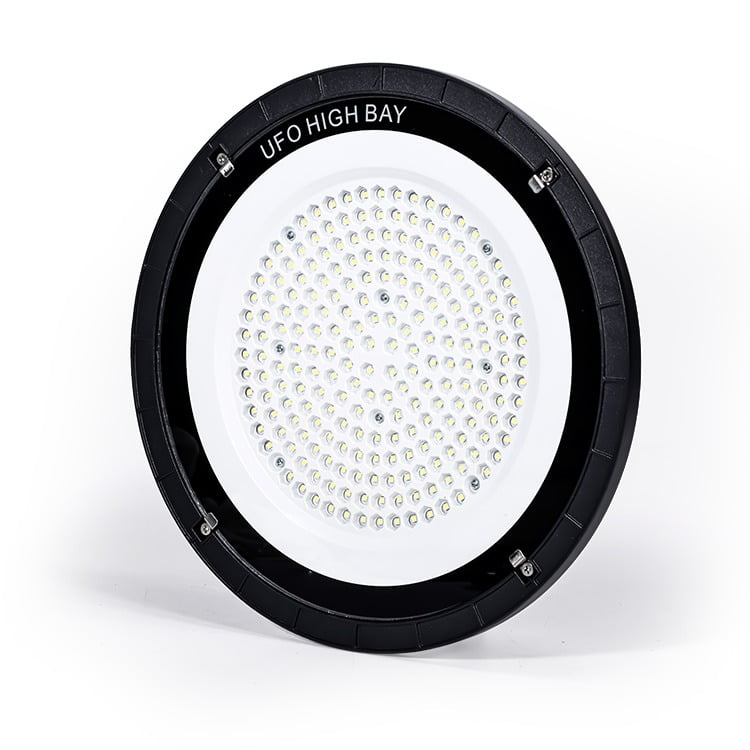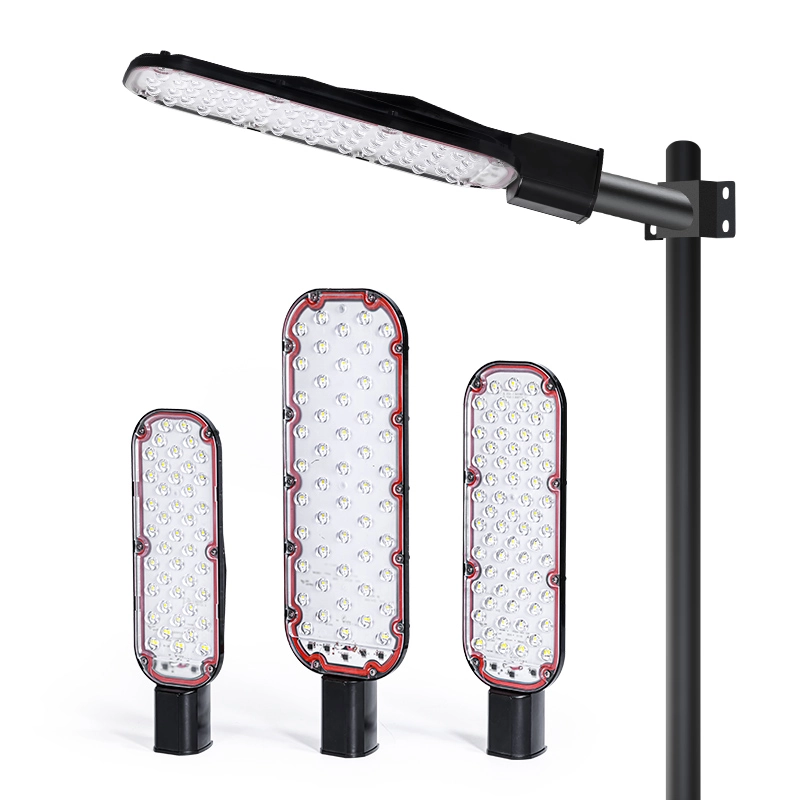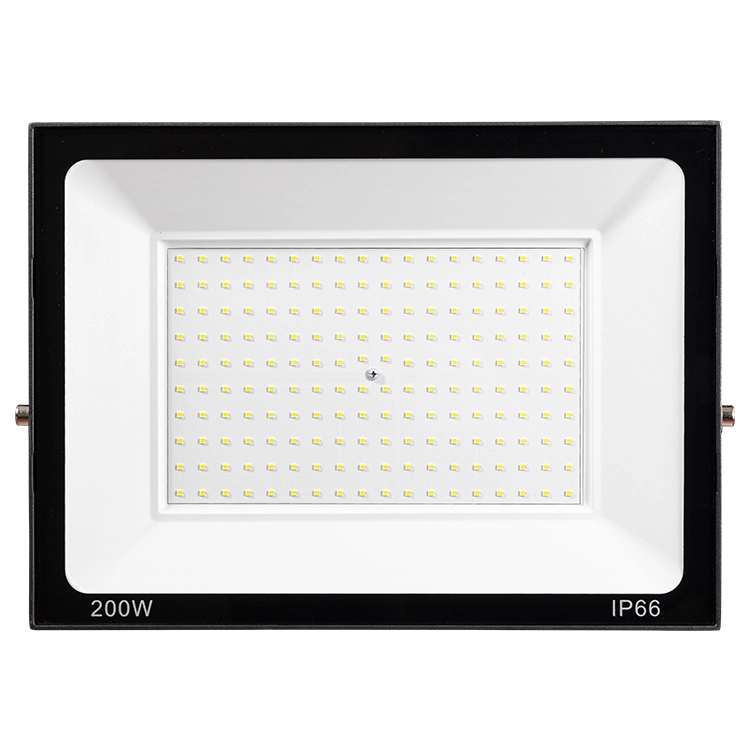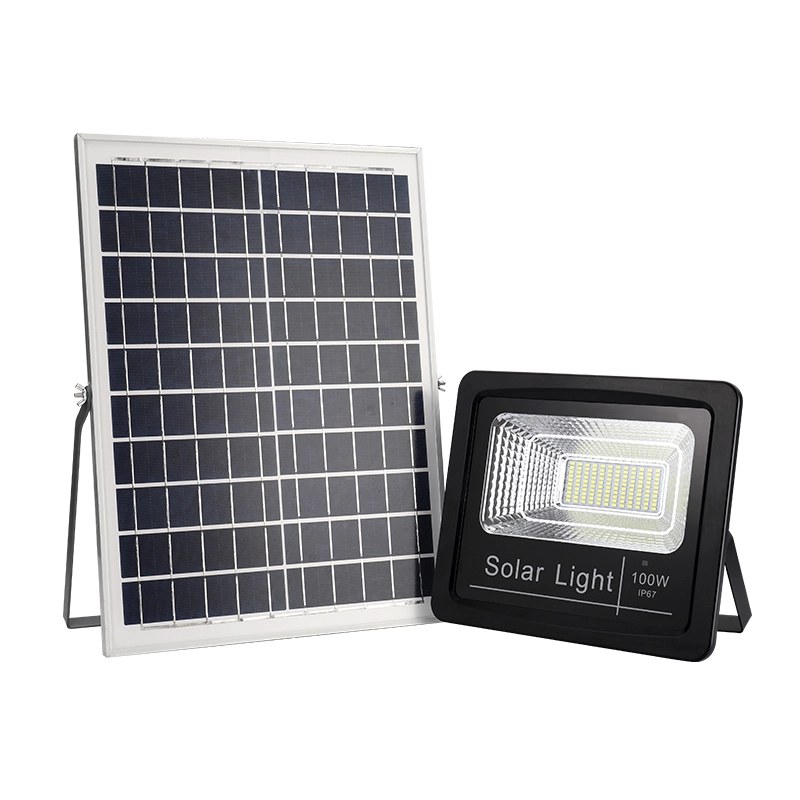DMX512 has become the industry-standard protocol for stage lighting control, offering precise communication between lighting consoles and fixtures. Whether you’re working in a concert arena, theater, nightclub, or rental environment, understanding how DMX512 works is essential for optimal lighting control and performance.
2. Key Components of a DMX512 System
Lighting Console
The lighting console is the command center of a DMX512 setup. It allows users to program and trigger complex lighting cues by sending digital signals to all connected fixtures. Modern DMX consoles support multiple universes and customizable scenes.
DMX Cable
A DMX cable is a specialized 3-pin or 5-pin cable that transmits DMX signals. It must adhere to specific impedance standards (typically 120Ω) to ensure stable communication without signal interference.
DMX Splitter

The DMX splitter is used to divide one DMX output into multiple lines, allowing better cable management and signal reliability across large lighting setups.
DMX Terminator

A DMX terminator is a resistor plugged into the last fixture of a DMX chain. It prevents signal reflection and ensures smooth communication by stabilizing the data signal.
3. DMX512 Control in Real-World Stage Applications
Concert Lighting Design
In concerts, DMX512 controls beam lights, strobes, and moving heads with real-time effects synchronized to music. Lighting cues can be pre-programmed and triggered precisely during performances.
Theater Scene Management

DMX512 is used in theaters to manage dimmable fixtures, color washes, and cue-based scene changes. It allows directors to create smooth transitions between moods and lighting positions.
Nightclubs and DJ Stages

DMX512 connects lighting with audio-triggered effects, controlling LED pars, moving heads, and laser lights that react to BPM or sound frequencies.
Rental Event Setups

For event rental companies, DMX512 ensures plug-and-play configuration. Fixtures from different brands can be controlled through a single console with standardized addressing.
4. How DMX512 Works (with Addressing Logic)
DMX512 works by sending a digital signal in a sequence of 512 channels (a “universe”). Each lighting fixture receives the entire signal but only reacts to the channel assigned via DMX addressing. Complex scenes are achieved by assigning multiple channels per fixture (e.g., RGBW colors, pan, tilt, strobe).
5. Setting Up a DMX-Controlled Lighting System
Setting up a DMX system involves:
Programming your lighting console with correct fixture profiles.
Connecting fixtures using daisy-chained DMX cables.
Assigning unique DMX addresses to each fixture.
Using splitters for complex layouts and terminators to stabilize signals.
Testing signal flow and adjusting scenes before live use.
6. Advantages of Using DMX512
Scalability: One DMX universe can control up to 512 channels.
Compatibility: Works across fixtures from different manufacturers.
Precision: Allows real-time scene control, cue programming, and automation.
Flexibility: Supports various lighting environments from concerts to exhibitions.
7. DMX512-Compatible Lighting Fixtures
Moving Head Beam Light
A moving head beam light is a fixture designed to emit narrow beams with pan/tilt movement. Controlled via DMX512, it creates high-impact aerial effects and synchronized motion in concerts and clubs.
LED PAR Light
The LED PAR light is a compact fixture offering vibrant RGBW color mixing. It is DMX-controllable for dynamic washes and is widely used in theatrical setups and rental events.
LED Strobe Light
A DMX-controlled LED strobe delivers intense flashes of white or color, often synchronized to beats in concerts or EDM festivals.
LED Wash Bar
The LED wash bar is a linear fixture that provides even washes across large stage surfaces. With DMX control, each section can be individually addressed for gradient or chase effects.
Gobo Spot Light

A DMX gobo spot light projects patterns using interchangeable gobos. It is frequently used in theatrical plays or brand logo projections.
8. Advanced Features: RDM, Art-Net, sACN
RDM (Remote Device Management) allows bidirectional communication, enabling fixture diagnostics and addressing from the console.
Art-Net and sACN are Ethernet-based protocols that allow DMX data to travel over IP networks, supporting large-scale installations with thousands of channels.
9. FAQ
What is DMX512 used for in stage lighting?
DMX512 is used to control lighting fixtures such as moving heads, PARs, strobes, and dimmers in a synchronized and programmable manner.
Can I mix different brands of DMX lights?
Yes, DMX512 is a standardized protocol. As long as the fixtures support DMX, they can be mixed and controlled from a single console.
How many lights can I control with DMX?
Each universe supports up to 512 channels. The number of controllable lights depends on how many channels each fixture requires.
What’s the difference between DMX and RDM?
DMX is unidirectional. RDM adds two-way communication, allowing remote configuration and status updates from the lighting console.
10. Conclusion
DMX512 remains the backbone of professional stage lighting control. Understanding its components, configuration logic, and real-world applications empowers lighting designers, rental companies, and technicians to build reliable and creative lighting systems. Whether you’re outfitting a concert or fine-tuning a theater scene, DMX512 offers unmatched precision and scalability.


